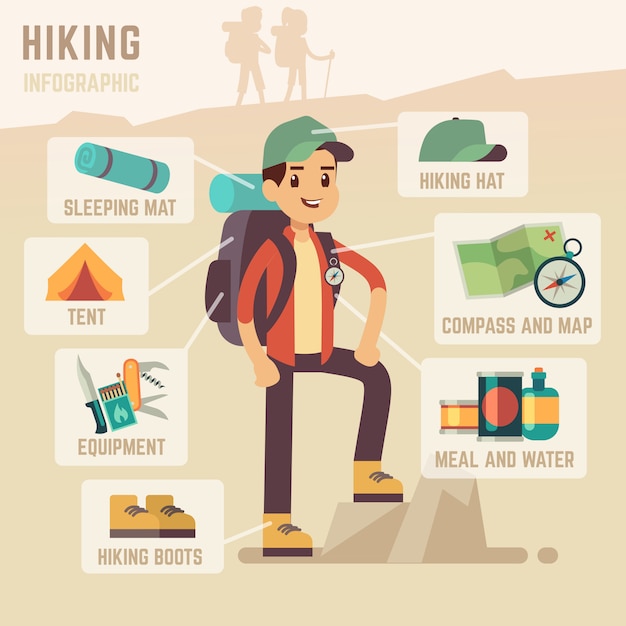Best Approaches To Sell Camping Tents And Operate An Online Camping Tents Company
Best Approaches To Sell Camping Tents And Operate An Online Camping Tents Company
Blog Article
Taking Photos of the Night Sky
A variety of factors can impact night sky digital photography. From climate condition to upcoming holy occasions, you'll wish to prepare ahead to ensure success.
Are inflatable tents worth it?
The shutter speed you pick identifies whether celebrities look like specific pin-points or path throughout the photo. An excellent rule of thumb is to limit the direct exposure to 500 secs, or the equivalent of your lens's focal length.
Area
One of one of the most essential consider a good photo is where you take it. Go for places with marginal light contamination, and stay clear of places that have brilliant city lights and skyscrapers.
Also, search for an area that supplies foreground aspects to produce structures with. For instance, dune patterns, wind-sculpted ridges and rough outcrops can all provide interesting foreground components to help tell the story of your evening skies photograph.
It is likewise practical to research astronomical occasions such as meteor showers and lunar eclipses to maximize opportunities for excellent images. Using a tool such as the Photographer's Ephemeris can be extremely useful when intending your shoots. It assists you to identify moon stages, Milky Way position and various other huge events. Additionally, take into consideration capturing in RAW layout as opposed to JPEG as this offers you more flexibility when refining the images. This is especially real if you intend to print your images.
Cam Setups
Obtaining the appropriate camera settings is necessary for any picture, yet especially so for night skies images. A wide-angle lens is best for recording even more of the Milky Way and reducing star routes, in addition to a longer shutter speed to quit the motion of stars and disclose their details.
For an optimum level of clarity, shoot in RAW style rather than JPEG, which enables you to preserve more data and offers versatility throughout post-processing. This can likewise contribute to file size, so ensure you have lots of storage area and additional sd card available.
Set your emphasis to hands-on concentrating by turning the AF/MF turn on your lens right into MF mode. You may need to take a few examination shots and examine the picture playback on your cam's LCD display till you attain best, determine manual focus. It's a great concept to do this during the day with your chosen lens and the location you will be shooting at night, to verify the accuracy of your emphasis setup.
Lights
A good night skies picture needs the best conditions. This includes a dark sky, but also an interesting foreground element such as a hill coming up, a lake to mirror the celebrities, or a human aspect like a barn or shed. You can even use a headlamp to brighten the foreground and include some drama or depth to your photo.
The most crucial cam setups for night skies photography are the aperture and shutter speed. The bigger the aperture, the extra light that gets to the sensor. This allows you to catch brilliant stars in a relatively short quantity of time.
The shutter rate identifies whether your celebrities will certainly be pin-point perfect or if they deluxe camping tent will appear as celebrity routes as a result of the Earth's turning. Make sure to take several lengthy direct exposure shots and stack them in post-processing for the very best outcomes. Lastly, shoot in RAW setting to offer on your own optimal latitude in post-processing.
Make-up
The secret to stunning celebrity shots isn't a premium telescope, a new wide-angle lens or a state-of-the-art Canon or Nikon camera. It's method, preparation and composition.
For beginners, look your shoot location in advance to obtain a feel for the layout and prospective structures. Consider integrating foreground components such as rocks, a lake or alpenglow on the landscape to include character and interest to your photos.
Remember the Guideline of Thirds when composing your pictures. This easy principle assists balance and combine images. It's also useful for focusing on points of interest in your picture, such as rock functions or the Milky Way. Likewise, keep in mind to prepare your shoots around moon phases-- shooting at a full moon can overpower stars and create a silhouetted shape, while shooting on nights with a new moon can help you see constellations much more clearly.
Why does my tent get wet inside?
